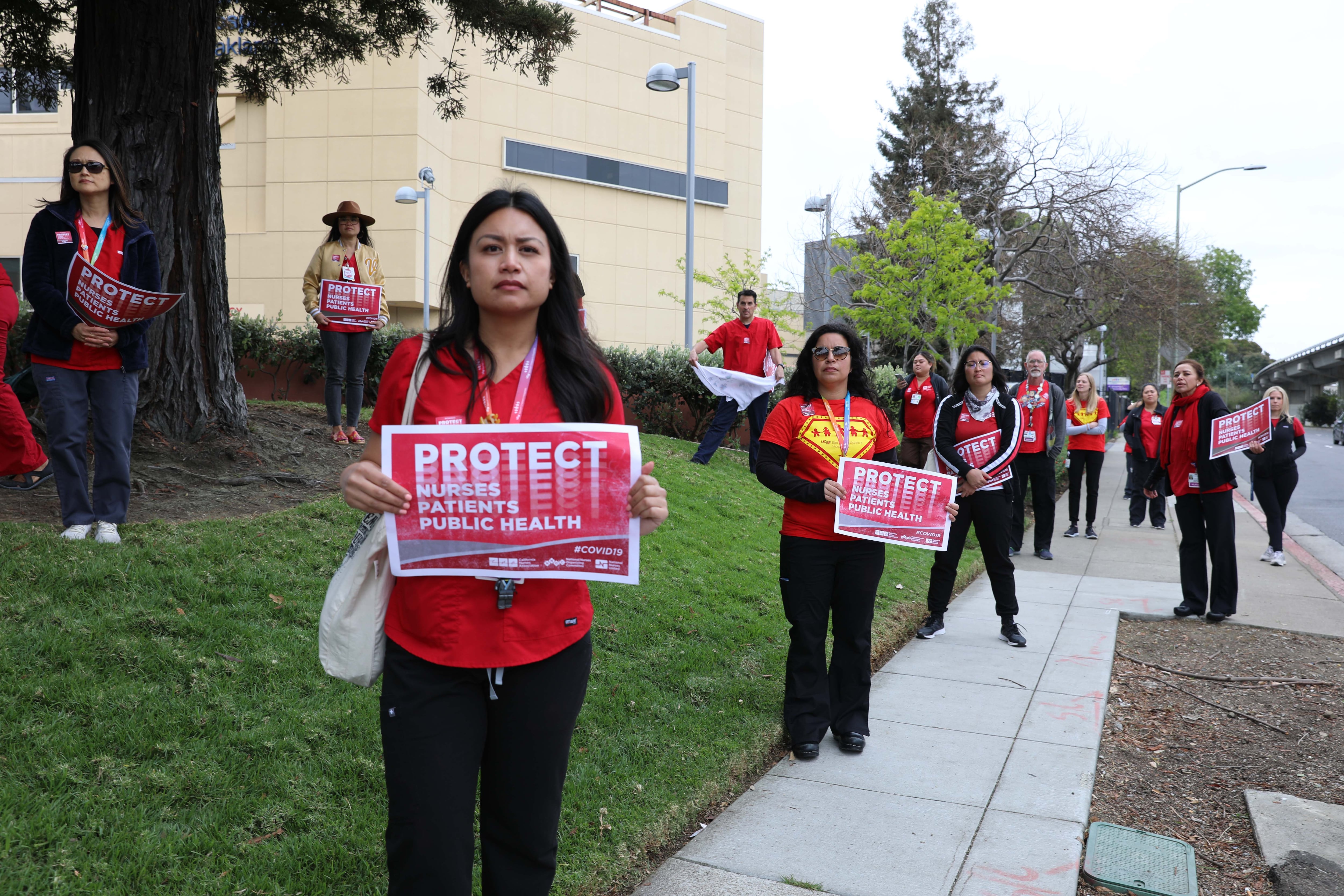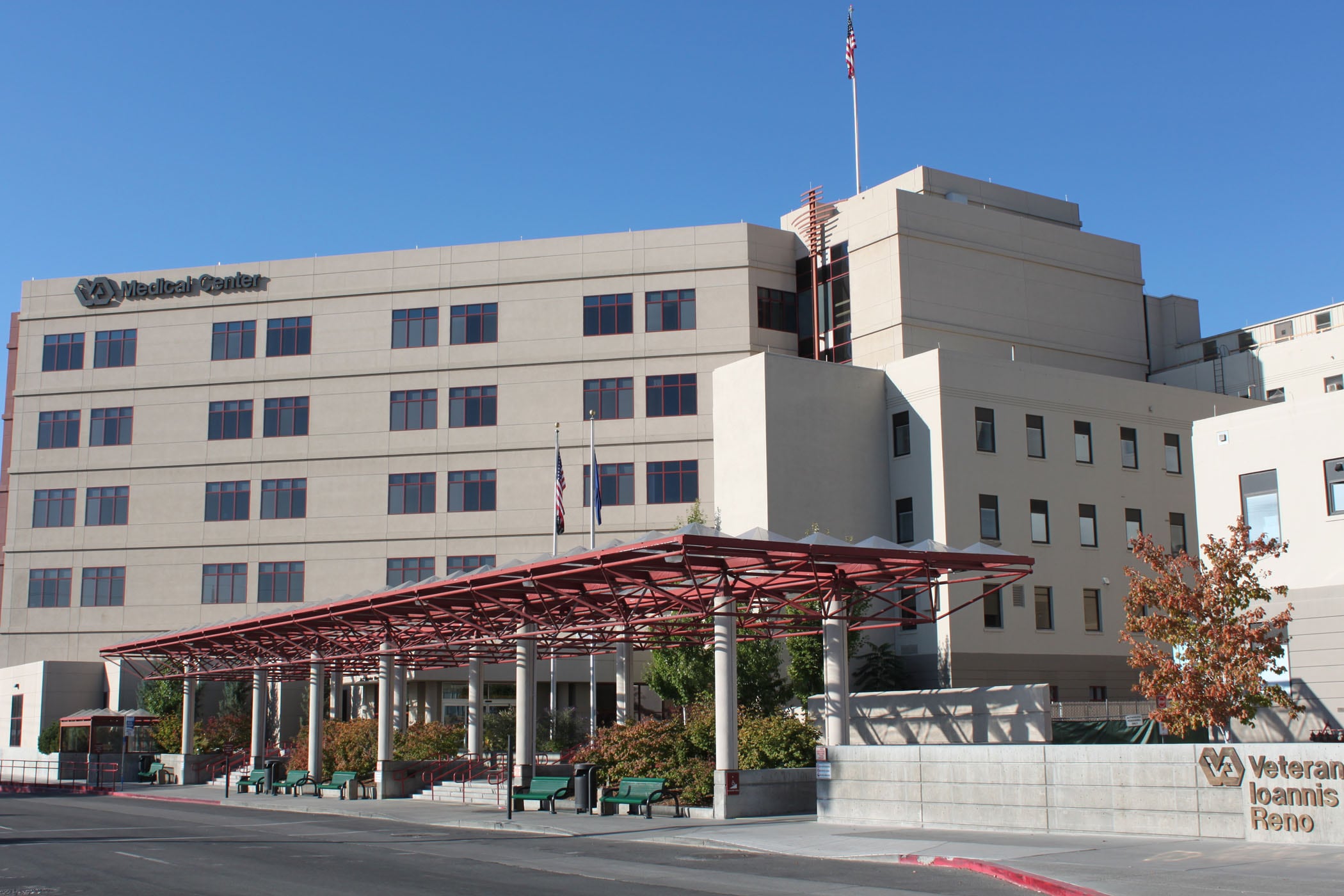Since Veterans Affairs leaders reported the first death of a VA patient from coronavirus in mid-March, the number of positive cases — and fatalities — in the department’s health system has risen dramatically.
As of Monday, 241 patients have died from the illness in the VA system. That’s an increase of 41 fatalities from Saturday. On March 30, the total death toll was less than 20.
VA officials have offered only partial details of the deaths. Only one death involved a patient younger than 50. Last week, officials noted the first death of a VA patient older than 100, a veteran at New York City’s Brooklyn medical center. No other information was given.
New York has become the hardest hit region nationally by the fast spreading virus. The Brooklyn site became the second VA medical center to reach 30 deaths from coronavirus, behind only the VA facility in New Orleans.
RELATED

Across all VA sites, more than 4,000 patients in VA care have tested positive for COVID-19. That’s about 12 percent of all of the cases tested by the department, and more than double what it was on April 2.
In addition to the patient statistics, at least 1,520 VA health care employees have tested positive for the virus. That number has risen more than 400 individuals in a week. Nine employees have died as a result of the illness, all in the last few weeks.
Based on information released by VA health officials, here are the VA medical centers currently dealing with coronavirus cases:
The increases in sick patients come amid growing reports detailing shortages in staffing and protective equipment at sites throughout the veterans health system.
On Monday, the American Federation of Government Employees (which represents 260,000 department employees) blasted VA leadership for their denials of problems at VA sites.
“The lack of PPE being faced by our members isn’t fake news, it’s the truth," AFGE National President Everett Kelley said in a statement. “And it’s time for the VA to stop trying to silence and discredit the voices of their own employees — caregivers who are crying out for help — and to get to work addressing their concerns and saving lives.”
In past statements, department leaders have promised “an aggressive public health response to protect and care for veterans, their families, health care providers, and staff in the face of this emerging health risk.”
RELATED

That includes work with the Centers for Disease Control and the possibility of accepting some non-veteran patients at VA medical centers to provide relief to overtaxed local health care systems.
Last week, VA Secretary Robert Wilkie announced during a White House briefing that he would open about 1,500 beds nationwide to communities in need of extra resources, despite the increasing coronavirus numbers within the VA health system.
VA officials have said that opening those areas to non-veteran patients will not hurt delivery of care to any veterans who need it.
Officials also said any veteran with symptoms such as fever, cough or shortness of breath should contact their local VA facility before visiting to determine their next steps.
Leo covers Congress, Veterans Affairs and the White House for Military Times. He has covered Washington, D.C. since 2004, focusing on military personnel and veterans policies. His work has earned numerous honors, including a 2009 Polk award, a 2010 National Headliner Award, the IAVA Leadership in Journalism award and the VFW News Media award.





